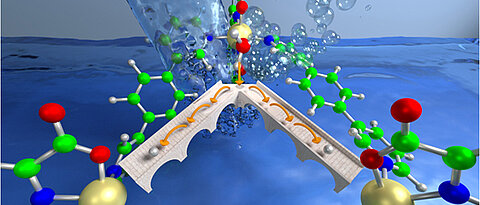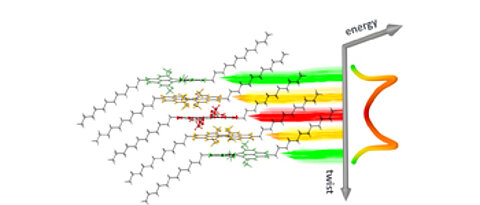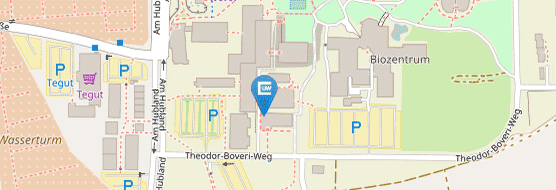CV of Dr. Merle I. S. Röhr
| Since 2017 | Junior Group Leader, Center for Nanosystems Chemistry, University of Würzburg |
| 2016-2017 | Postdoctoral Studies at CU Boulder, Colorado , USA. |
| 2016 | Dr. rer. nat. (Theoretical Physics), Free University of Berlin |
Background and Motivation
Understanding the interplay of structure and function that emerge due to the aggregation of molecules will allow us to predict and to design new supramolecular systems with tailored properties.
Contact:
Dr. Merle I. S. Röhr
Phone: +49 931 31- 89072
merle.roehr@uni-wuerzburg.de




